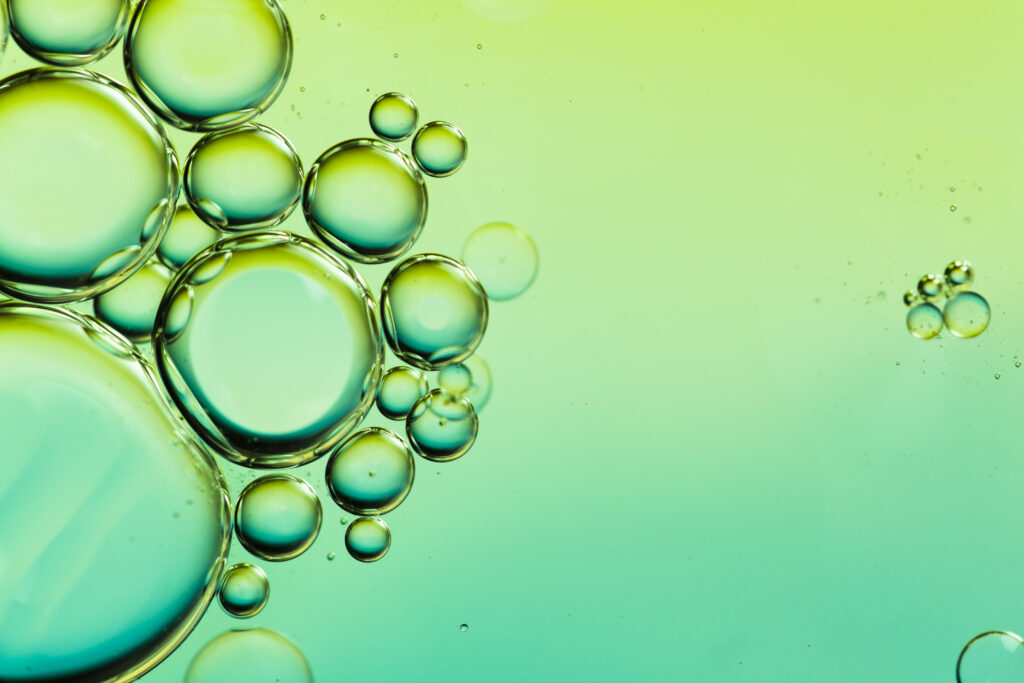How Defoamers Help Improve Performance in Coatings and Paints
Wiki Article
Selecting the Right Defoamer for Your Details Application Needs
Picking the proper defoamer for details application needs is a nuanced process that requires mindful factor to consider of numerous variables, such as the foam operating, tool, and kind problems. Comprehending the nuances of defoamer efficiency-- consisting of speed and determination-- while also accounting for ecological and governing variables is essential.Understanding Foam Formation
Foam formation occurs when gas is caught within a fluid, producing a secure framework of bubbles. This sensation can dramatically impact different industrial processes, specifically in fields such as food production, drugs, and wastewater treatment. The visibility of foam can prevent mixing, lower product top quality, and even lead to functional ineffectiveness.Foam usually develops as a result of a combination of factors, including surface-active agents, frustration, and the features of the fluid phase. Surfactants lower the surface area stress of the liquid, promoting the formation of bubbles that can stabilize and coalesce. Anxiety, whether from mechanical stirring or gas intro, enhances bubble development, leading to raised foam quantity.
Understanding the technicians of foam formation is crucial for industries intending to enhance their processes. By determining the details problems that advertise foam generation, organizations can carry out approaches to alleviate its results.
Kinds Of Defoamers Available
Numerous kinds of defoamers are available to attend to the obstacles positioned by foam in industrial applications. defoamers. Generally classified, defoamers fall under three groups: silicone-based, non-silicone-based, and natural defoamersSilicone-based defoamers are renowned for their efficiency and security throughout a broad variety of temperature levels and pH degrees. They are normally made use of in applications where strong foam suppression is required, such as in adhesives, paints, and finishings. Their reduced surface area tension enables fast foam collapse.
Non-silicone-based defoamers, usually made from natural compounds, supply an alternative for applications sensitive to silicone residues. These defoamers can be further split right into polyether and ester kinds, each customized to meet details formulation requirements. Non-silicone defoamers are frequently used in food processing and personal treatment items as a result of their compatibility with numerous formulations.
Natural defoamers, acquired from plant or pet resources, are acquiring traction as a result of their green account. These items are specifically appealing in applications where governing conformity and sustainability are extremely important, such as in agrochemicals and biotechnology.
Choosing the appropriate kind of defoamer is important for enhancing performance and guaranteeing compatibility with specific applications.
Secret Application Considerations
When selecting a defoamer, it is necessary to consider the particular application requirements to guarantee optimal efficiency. defoamers. Different markets have unique needs, such as food handling, pharmaceuticals, or wastewater treatment, and each application might need unique defoaming residential or commercial propertiesTrick aspects to assess include the medium he said in which the defoamer will certainly be utilized, whether it is water-based, oil-based, or a mix thereof. The temperature and pH degrees of the application can also greatly affect the effectiveness of a defoamer. In addition, compatibility with other chemicals existing in the system is vital to stop negative reactions that might compromise efficiency.
One more vital consideration is the frothing behavior of the details system. Comprehending whether the foam creates quickly or gradually can direct the option of a defoamer that targets the origin properly. The preferred rate of defoaming can affect the choice, as some applications need quick action while others may tolerate slower defoaming processes.
Finally, environmental and regulatory factors to consider ought to not be ignored, specifically in industries with rigorous compliance requirements. Choosing a defoamer that lines up with these elements makes certain both efficiency and safety in the application.

Efficiency Testing Techniques
Evaluating the performance of a defoamer requires an organized strategy to testing that accurately measures its performance in certain applications. Different performance testing approaches can be utilized to establish the ideal defoamer for a given solution.One typical technique is the bubble test, which reviews the defoamer's capacity to lower foam volume with time. This test involves generating a secure foam and afterwards adding the defoamer to observe the rate of company website foam collapse. Another approach is the dynamic foam examination, where foam is produced under controlled problems to mimic real-world application scenarios. This strategy supplies insights right into how the defoamer executes under differing shear conditions.

Eventually, selecting the ideal performance testing method depends on the specific application and the sort of foam being resolved. Each technique offers valuable information that can lead formula adjustments and enhance the performance of the defoamer in practical applications.
Best Practices for Choice


Following, take into consideration the defoamer's efficiency in regards to rate of action and persistence. A quick-acting defoamer might be essential for processes where fast foam reductions is critical, while a more relentless solution could be required for long term foam control. Additionally, assess the environmental influence of the defoamer, including its biodegradability and any kind of regulative conformity demands.
Conduct tests with selected defoamers to establish their efficiency in real-world problems. By adhering to these best methods, you can boost foam control effectiveness and ensure the long life of your processes.
Final Thought
In recap, selecting the appropriate defoamer demands a detailed examination of various variables, consisting of foam kind, tool, operating problems, and ecological factors to consider. Comprehending the distinct characteristics of foam development and the readily available defoamer choices is vital.Picking the suitable defoamer for specific application needs is a nuanced process that requires cautious consideration of several aspects, such as the foam operating, kind, and tool conditions.Picking the right defoamer is critical for attaining optimum performance in foam control applications. A quick-acting defoamer might be essential for procedures where fast foam suppression is important, while an extra persistent formula may be needed for long term foam control.In summary, choosing the appropriate defoamer demands an extensive evaluation of various factors, including foam type, tool, operating problems, and environmental considerations. Understanding the special qualities of foam formation and the available defoamer choices is important.
Report this wiki page